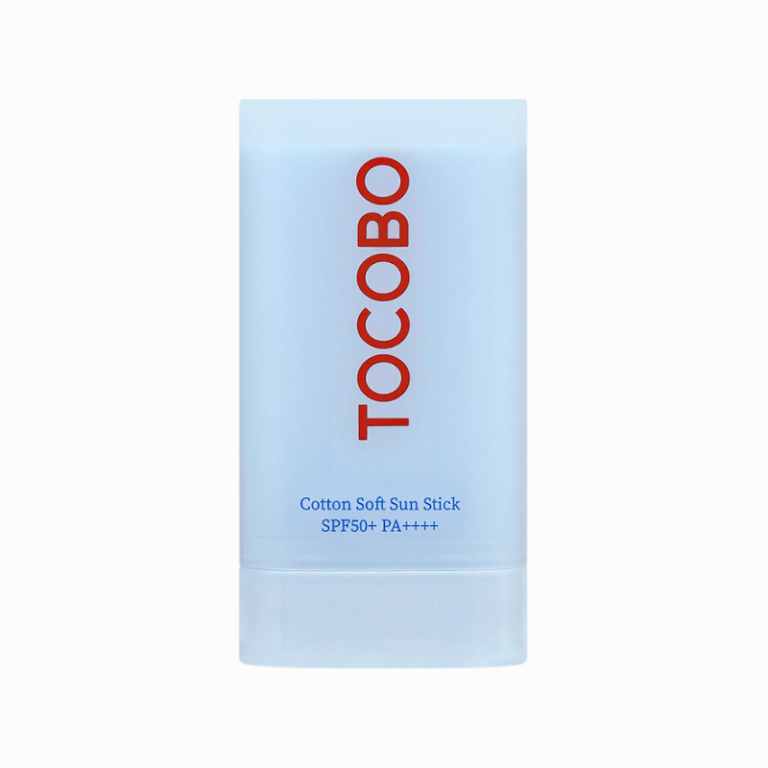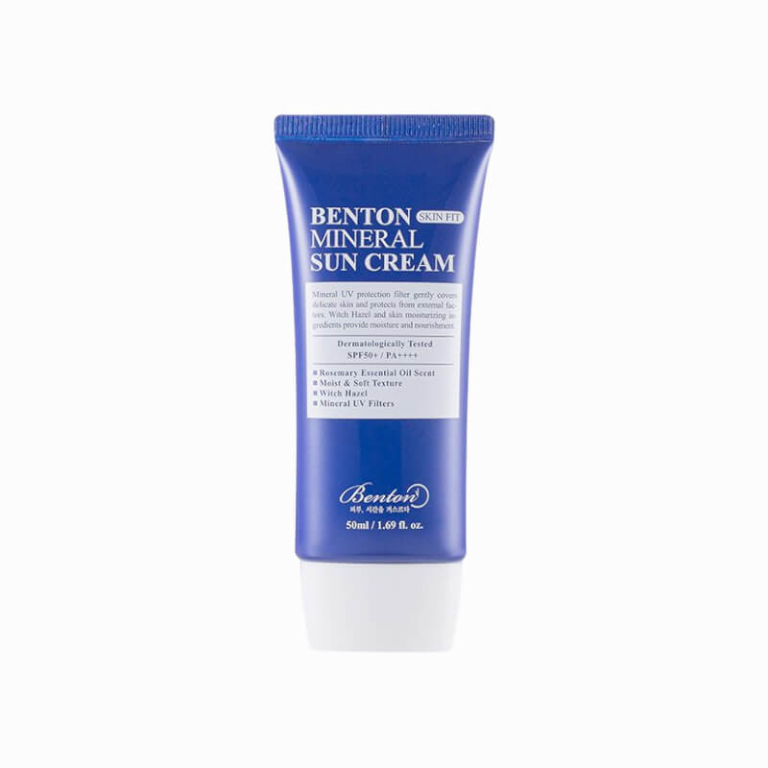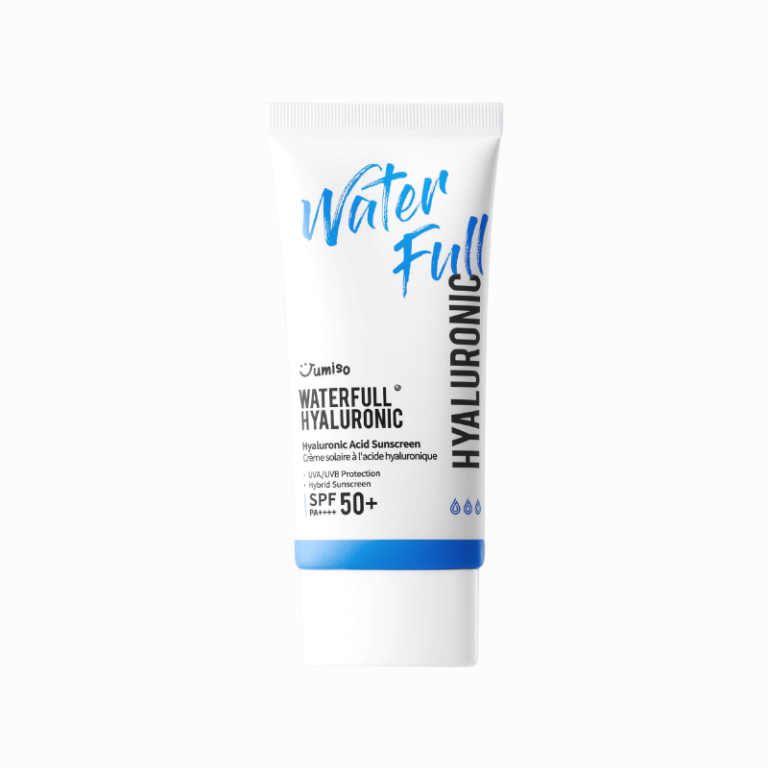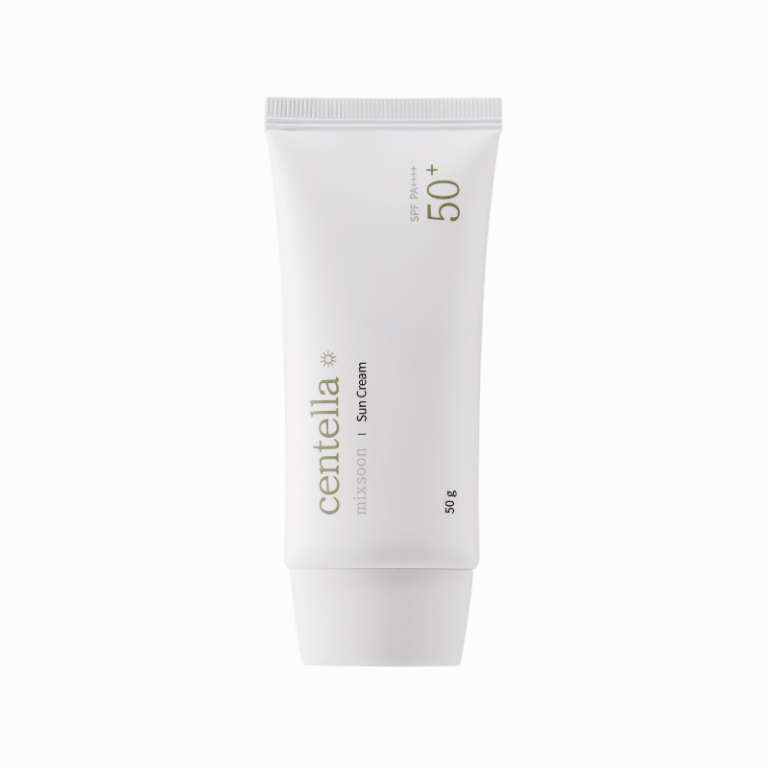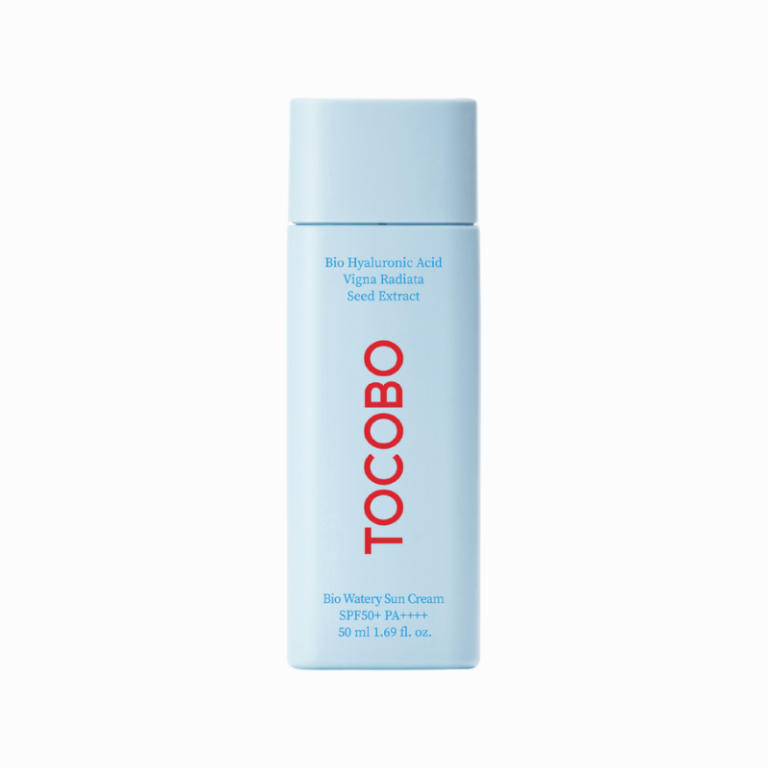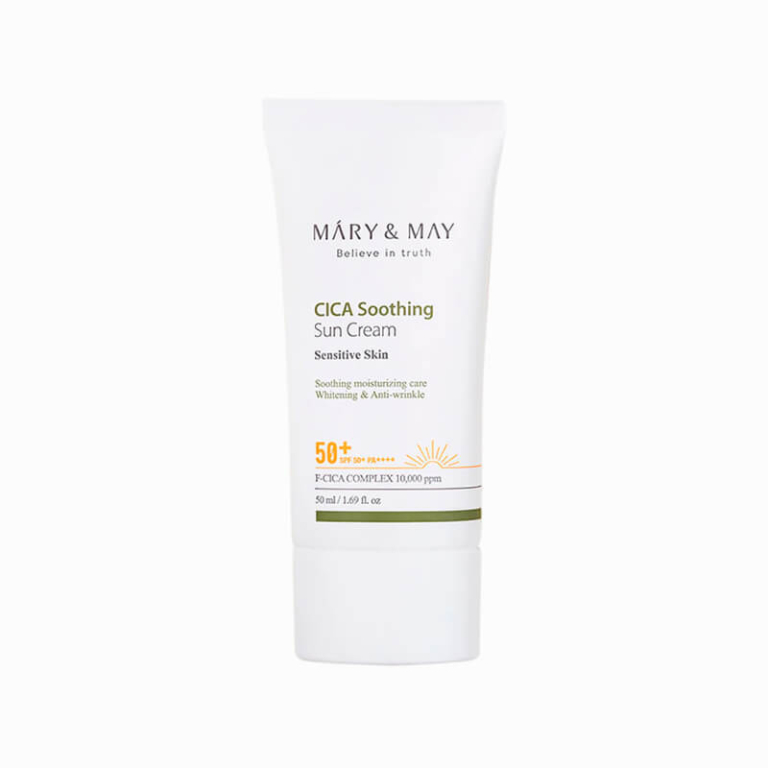
Mineral vs. Chemical Sunscreen: Which Is Right for You?
Sunscreens typically utilize one of three formulations: mineral-based, chemical-based, or hybrid, which contains both.
Mineral Sunscreen
Mineral sunscreen employs the straightforward physical mechanism of reflecting light. These sunscreens incorporate nanoparticles of either titanium or zinc oxide, which are deemed safe for health. These tiny particles function as minute mirrors on the skin, reflecting solar radiation, thus preventing potential damage to the deeper skin layers. Given their non-toxic nature, mineral sunscreens are highly recommended for children. However, one notable drawback of these sunscreens is their denser texture, attributable to their components, which might occasionally leave a visible white tint. Furthermore, these creams might not be absorbed as swiftly or seamlessly as their counterparts.
Pros:
+ Ideal for very sensitive or children's skin
+ Limited, transparent ingredients
+ Operates on a direct, mechanical principle
Cons:
- Denser texture
- Potential for a white residue on the skin
Chemical Sunscreen
Chemical sunscreens use various active ingredients, but they all operate based on the same principle. They function as UV filters, transforming these rays through chemical reactions, such as converting them into heat, rendering them harmless to the skin. To provide comprehensive protection against both UVB and UVA rays, multiple active ingredients are combined within a single product. Chemical sunscreens tend to have a lighter texture, spread more effortlessly on the skin, and absorb rapidly. However, some of the ingredients might cause irritation, especially for sensitive skin types.
Pros:
+ Light texture that quickly absorbs, offering a comfortable feel on the skin
+ Incorporates a variety of effective ingredients
Cons:
- Potential for irritation, especially in sensitive skin
Hybrid Sunscreens: The Best of Both Worlds
Both mineral and chemical sunscreens have their unique advantages and drawbacks. The choice of the right sunscreen often hinges on individual preferences, the intended application, and skin type. Some of the latest sunscreens now employ a blend of both chemical and mineral filters, aiming to provide optimal sun protection with minimal adverse effects.
Important Sun Protection Insights
UV-A vs. UV-B
Our skin is vulnerable to two distinct types of sun rays: long-wave UVA and short-wave UVB. UVA rays penetrate deeper into the skin and can accelerate signs of aging like wrinkles and fine lines. UVB rays, on the other hand, can cause immediate visible damage such as sunburn. Their intensity spikes near the equator and at higher altitudes. Therefore, it's crucial to use sun protection, even when skiing or mountain hiking.
SPF vs. PA+
Sun protection corresponds to these UV types, and thus we have SPF and PA+ to quantify their protective effects.
SPF (Sun Protection Factor) denotes the duration a sunscreen shields against UVB rays. A higher SPF doesn’t mean it’s intrinsically more effective but indicates you can stay sun-exposed longer post-application.
For instance, if sensitive skin turns red within 10 minutes under the sun, an SPF 30 sunscreen will delay this reddening to occur after 10 x 30 = 300 minutes. Note: Reapplying sunscreen maintains protection but doesn’t extend the protection past the calculated duration.
PA+ measures a sunscreen's efficacy against UVA rays. The protection level is marked by the number of plus signs (+). Hence, PA+ signifies low UVA protection, while PA++++ represents maximum protection. Modern products often display both SPF and PA+ ratings on the packaging.
Application Matters
Research consistently shows we generally apply too little sunscreen. When it comes to sun protection, it's essential to be generous. A thinly spread layer may not provide adequate protection. Regular reapplication is also vital to sustain protection levels.
As a guideline: An adult should use approximately 3 tablespoons of sunscreen to ensure comprehensive body protection.
